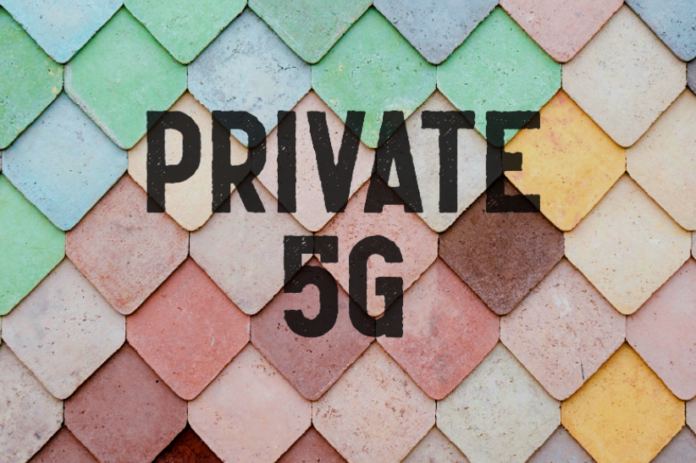Annual spending on 5G and LTE-based RAN equipment for use in shared and unlicensed spectrum will hit $3 billion by the end of 2026, up from around $1.4 billion by the end of 2023. SNS Telecom & IT forecasts compound annual growth of small cells for private and shared cellular networks to be 27 percent between 2023 and 2026. The firm called the enterprise RAN movement a “revolutionary paradigm shift, driven by technological innovations, liberal regulatory policies and disruptive business models”.
It cited the particulars of spectrum policies in the US (3.55-3.7 GHz CBRS), Germany (3.7-3.8 GHz, 28 GHz), UK (3.8-4.2 GHz), France (“vertical spectrum and sub-letting”), Netherlands (“restricted mid-band assignments”), Switzerland (3.4-3.5 GHz), Finland (2.3 GHz and 26 GHz), Sweden (3.7 GHz, 26 GHz), Norway (3.8-4.2 GHz), Poland (“assignment for local government units and enterprises”), Bahrain (“private 5G licenses”), Japan (4.6-4.9 GHz, 28 GHz), South Korea (4.7 GHz, 28 GHz), Taiwan (4.8-4.9 GHz), Hong Kong (‘LWBS’), Australia (“apparatus licensing”), Canada (planned ‘non-competitive local’; NCL), and Brazil (SLP (‘private limited service’; PLS).
It also pointed to wider-ranging “nationally designated licence-exempt frequencies” such as the General Authorized Access (GAA) tier of the 3.5 GHz CBRS band in the US and Japan’s 1.9 GHz Shared Extended Global Platform (sXGP) band, plus “vast swaths” of globally and regionally harmonised licence-exempt spectrum, most notably the 600 MHz TVWS (TV White Space), 5 GHz, 6 GHz and 60 GHz bands – available globally for unlicensed LTE and 5G NR-U (NR in Unlicensed Spectrum), subject to domestic regulations..
It commented: “Ground-breaking spectrum liberalisation initiatives are catalysing the rollout of shared and unlicensed spectrum-enabled LTE and 5G NR networks for a diverse array of use cases – ranging from mobile network densification, fixed wireless access (FWA) in rural communities and MVNO offload to neutral host infrastructure and private cellular networks for enterprises and vertical industries such as agriculture, education, healthcare, manufacturing, military, mining, oil and gas, public sector, retail and hospitability, sports, transportation and utilities.”

